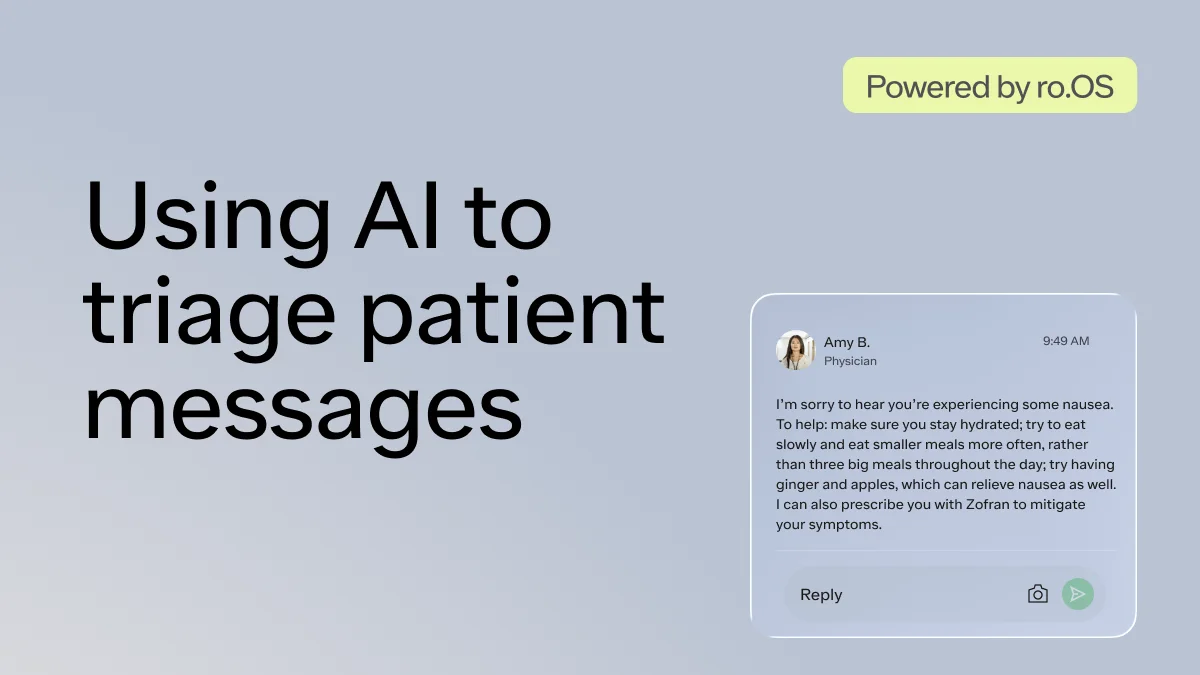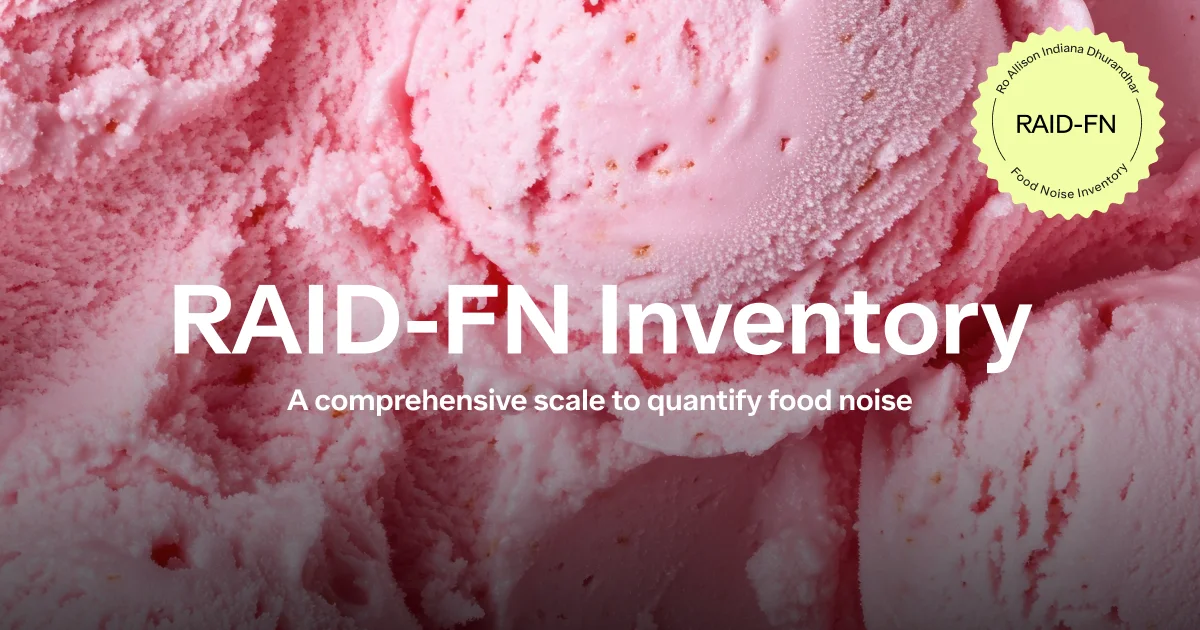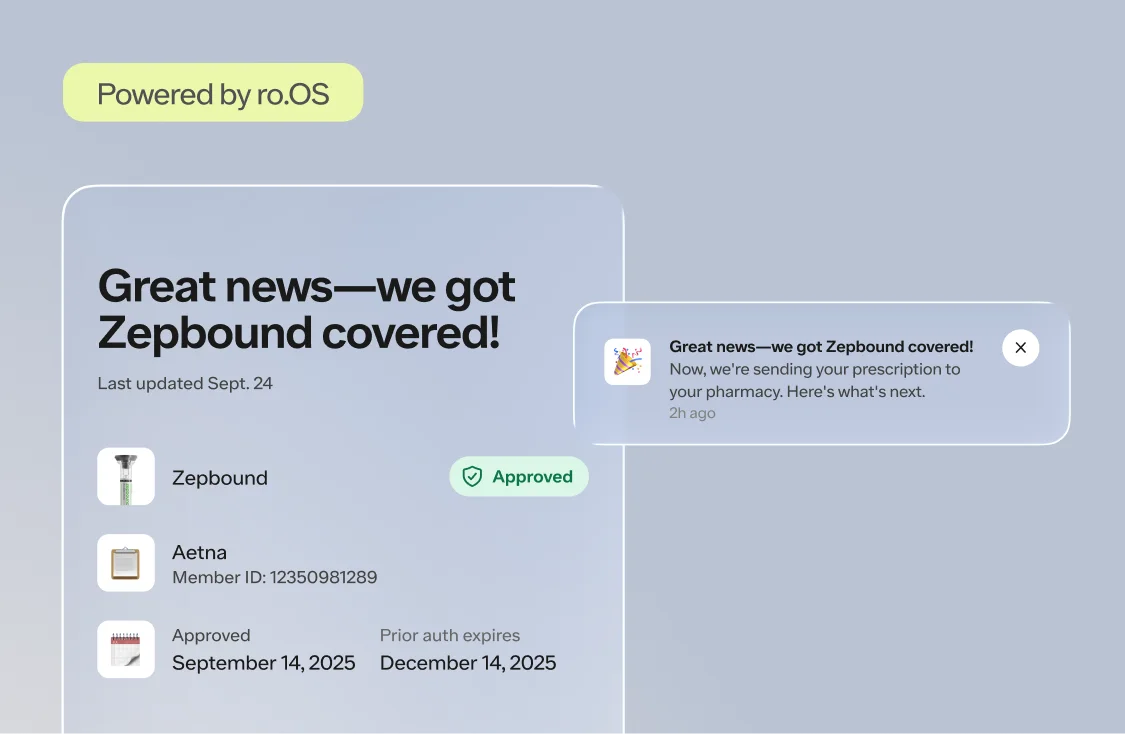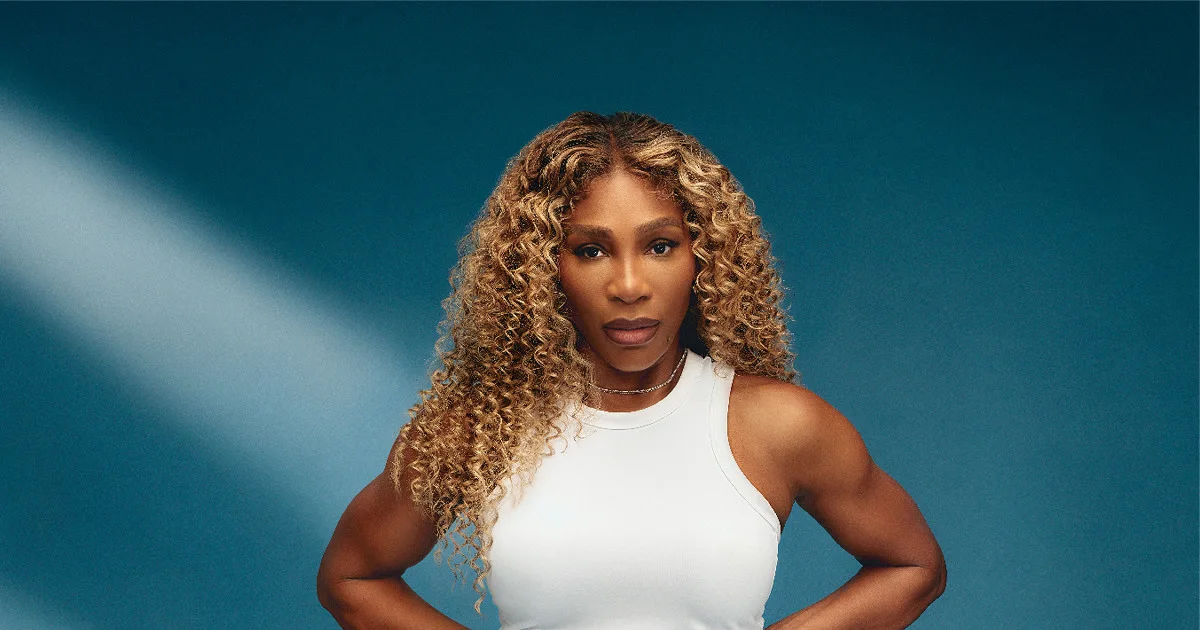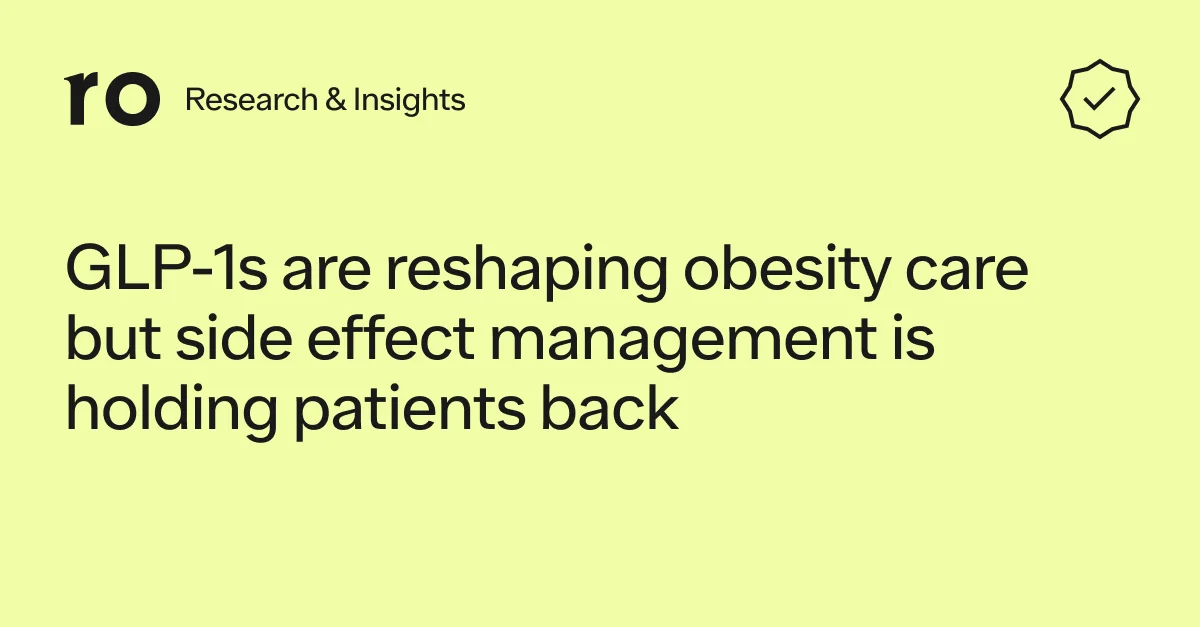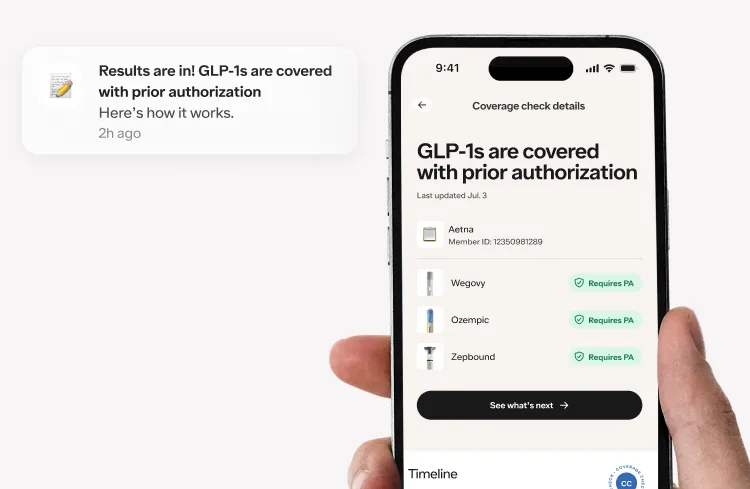Here's what we'll cover
Here's what we'll cover
Here's what we'll cover
Scheduling time to see a doctor during normal business hours is a serious challenge for most people in the U.S. This is because, in part, many of us spend the typical 9–5pm working, parenting, or running around doing other things. Approximately 70% of Americans are challenged by limited doctor’s office hours,¹ especially low-income Americans on Medicaid who have less flexible work schedules and cannot take time off for usual business hour appointments.² This problem isn’t just about inconvenience — it’s also a health issue leading patients to delay or possibly even forego treatment altogether.³
When care happens in real time (“synchronously”), office hours are naturally limited because a doctor can only be available to work so many hours in a day. With direct-to-patient (DTP) telemedicine companies like Ro, patients can initiate a doctor’s visit when they need it and a doctor can follow up soon thereafter (or “asynchronously”). With this asynchronous model, companies like Ro are “always open” for patients, regardless of the time of day.

An online visit involves completing a dynamic patient intake and providing a doctor with a host of medical information. The information gets transmitted to a secure, custom-built EMR where a Ro-affiliated doctor will review it.
When are patients completing online visits at Ro?
Knowing the challenges faced by so many when it comes to receiving care in traditional office settings, we wanted to know when people are using Ro’s services to better understand if our patients are benefitting from asynchronous telemedicine’s flexibility.
Here is what we found:
60% of patients complete an online visit outside of regular business hours — times when many doctors’ offices aren’t open
Patients of working age (under 65) are the most likely to engage in treatment during off hours vs. patients of retirement age (65 and over) whose schedules may be more flexible
Patients need access around the clock: around the same number of online visits are completed on Tuesdays at 1am as they are Tuesdays at 8am.
We started by examining the distribution of online visit completion times across the 168 available hours in a week and found that 60% of online visits were completed during the evening, overnight, or on the weekend (5pm-8am Monday-Friday, Saturday and Sunday).
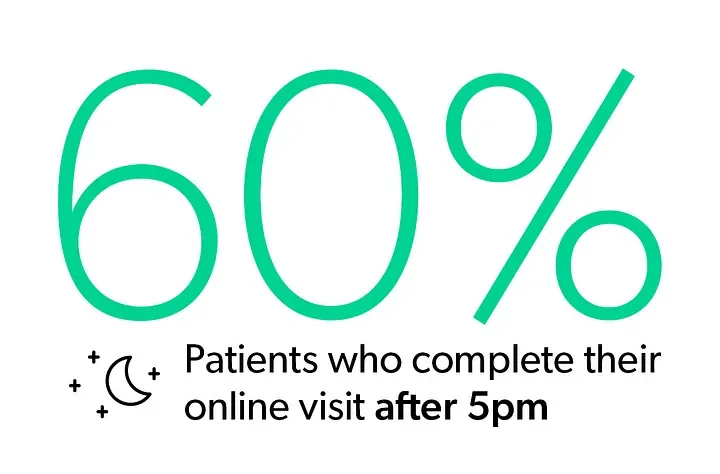
Using a random sample of 10,000 Ro patients, we broke the data down by age to compare patients younger than the average retirement age (<65) to those equal to and over the average retirement age (≥65) to give us a clue as to why patients are more likely to access care after-hours. This age cutoff served as a proxy to roughly identify which of our patients have jobs and which don’t (census data⁴ shows that this is around the average age when adults leave the labor force). We then assumed that working age adults have less flexible schedules than retirees, and working age patients might be more likely to take advantage of accessing care at times that don’t conflict with their day jobs. As it turns out, the data supports this assumption: a majority (60%) of working age patients completed visits outside of normal business hours. Meanwhile, retirees were a 50/50 split.
To confirm that this result is more than just a coincidence, we ran a quick chi square test of association — a statistical method used to test whether there is a relationship between two variables in a data set. This test found that the difference in access times between the age groups is significant (p<.001), supporting our theory that patients of working age are benefitting from the flexibility of Ro’s platform.
Potential influencing factor: Ro’s advertising
The popularity of after-hours care is not surprising given the time constraints of having a day job. But, here at Ro, we do television advertising in the evening, which could influence the number of online visits during those hours. So, we dug into the data again to see what it would tell us.
We compared data from times when we ran TV ads for Roman (our digital health clinic for men) and we did not run TV ads for Rory (our digital health clinic for women). If we found that men were more likely to use the platform in the evening and women were more likely to use it during the day, there is a chance that TV advertising is having an effect. However, we found that women are just as likely to complete online visits outside of normal office hours — in the absence of commercials directing them to Rory — indicating that commercials are not necessarily a driving factor of people accessing care after hours.

The most popular hours on the Ro platform
Breaking down the data hour-by-hour, we found that while certain times are more popular than others — including the middle of the day — patients are accessing care around the clock even in to the wee hours of the night and morning. For instance, we found that around the same number of visits are completed Tuesday at 1am as they are Tuesday at 8am, showing that asynchronous DTP telemedicine can accommodate all schedules.
We acknowledge that there still could be other factors aside from access expansion driving these trends. For one, we treat a number of stigmatized conditions, and patients might not want their coworkers to see their phone or computer screen as they answer questions about their sexual health. We also recognize that not everyone retires exactly at age 65 and/or has a 9am-5pm job, and our analysis might not reflect their experiences.
Regardless, we believe that our data offers evidence that asynchronous DTP telemedicine holds a lot of promise for opening the door to treatment for patients that need more flexibility.

References
Diamant AL, Hays RD, Morales LS, et al. Delays and unmet need for health care among adult primary care patients in a restructured urban public health system. Am J Public Health. 2004;94(5):783–789.
Cheung, Paul T., et al. “National study of barriers to timely primary care and emergency department utilization among Medicaid beneficiaries.” Annals of emergency medicine 60.1 (2012): 4–10.
Schoen, Cathy, et al. “Toward Higher-Performance Health Systems: Adults’ Health Care Experiences In Seven Countries, 2007: Actual experiences with health care systems bring to light, and to life, the systemwide problems in these countries.” Health Affairs 26.Suppl2 (2007): w717-w734.
Munnell AH, Others. What is the average retirement age. Center for Retirement Research. 2011;11(11):1–7.
